Mental Health Stigma: It's Time to Start Listening and Stop Judging
Mental health stigma and discrimination exist in many forms and produce negative effects on people with mental health conditions. Learn ways to change this and find resources that can help.
Key Takeaways
- Stigma around mental health is decreasing around depression but remains widespread for other disorders
- Consequences associated with mental health stigma are serious and potentially harmful
- There are ways to promote positive change and reduce the shame associated with mental illness
The demand for mental health is increasing. The number of individuals seeking help through traditional and online therapy is increasing, according to the American Psychological Association’s Practitioner Impact Survey. What’s more, people are reporting more severe mental health condition symptoms, the survey found.
Yet negative feelings about people with mental illness remain. The National Alliance on Mental Health (NAMI) defines these feelings as stigma, and says this can profoundly affect individuals and reduce their likelihood of reaching out for support. Here, we provide examples of mental health stigma and its consequences while sharing expert solutions for reducing and eventually eliminating the problem.
Types of Mental Health Stigma
According to the American Psychiatric Association, mental health stigma stems from a lack of understanding and mischaracterizations of mental illness in the media. The American Psychiatric Association describes three different types of mental health stigma: public stigma, self-stigma, and institutional stigma.
Public Stigma
Public stigma refers to negative attitudes and discrimination against individuals with mental illness. Public mental health stigma leads to stereotypes and prejudice toward individuals with mental health disorders. For example, those with mental health illnesses may be considered a threat, unreliable, incapable, and responsible for their disorder.
Self-Stigma
Self-stigma involves negative feelings, including shame, that people with mental health conditions feel about themselves. They internalize and believe public perceptions about them and feel they are to blame for their problems.
Institutional Stigma
Institutional stigma refers to government and organizational policies restricting the rights and opportunities of those with mental health conditions. Institutional stigma around mental health results in poor funding for mental health resources and fewer work and housing opportunities for people with mental health conditions.
Harmful Effects of Stigma
According to NAMI, stigma negatively affects nearly 1 in 5 Americans with mental health conditions. Feelings of shame and isolation add to the mental illness burden and can inhibit efforts to seek professional help. The American Psychiatric Association says self-stigma negatively impacts those affected by severe mental illness by:
- Increasing feelings of hopelessness
- Lowering self-esteem
- Increasing symptoms
- Adding to relationship difficulties
- Reducing participation in treatment
The Mental Health Foundation in the United Kingdom observed that people with mental health conditions were less likely to have a job, be in a stable relationship, reside in adequate housing, and be socially accepted. An analysis of two McKinsey & Company surveys conducted in 2020 about the effects of mental illness stigma, and how it can exacerbate existing mental health conditions, found far-reaching consequences in the workplace. These included things like lower productivity levels and the following statistics:
- 37 percent of employees with a behavioral health condition don't seek treatment for fear that their mental health condition will be discovered.
- Fifty-two percent of employees diagnosed with substance-use disorder avoid treatment.
- Nearly 70 percent of employees with high self-stigma levels miss at least one day of work a year due to burnout or stress.
When Mental Health Stigma Leads to Discrimination
When feelings associated with the stigma around mental health become negative, they cross into mental health discrimination. According to a Lancet Commission report published in October 2022, the impacts of mental health discrimination can affect all areas of a person’s life, with consequences that are often underestimated.
Personal Effects of Mental Health Stigma and Discrimination
The Lancet report found that people affected by mental illness stigma experienced discrimination in various areas of their lives, such as social settings, school, work, and relationships. As a result, feelings of loneliness, shame, and isolation increased, worsening mental health conditions and increasing reluctance to seek help. The tendency to avoid treatment is most common among minorities, young people, those living with parents, military personnel, and health professionals.
Mental Health Stigma and Discrimination in the Workplace
According to an American Psychiatric Association public opinion poll of 1,005 U.S. adults in April 2019, more than 1 in 3 workers in the United States are concerned about retaliation or being fired if they seek mental health care. The U.S. Equal Employment Opportunity Commission encourages workers who suspect workplace discrimination to file a discrimination charge with the Commission or with their state or local Fair Employment Practice Agency, since the Americans with Disabilities Act and the Rehabilitation Act of 1973 protect people with mental health disabilities from discrimination and harassment at work.
Healthcare Mental Health Stigma and Discrimination
It isn't just people with mental health conditions who experience the effects of stigma — the professionals who care for them do as well. A study published in January 2023 by the International Journal of Africa Nursing Sciences found a high degree of evidence that the public and other healthcare providers held unfavorable views of mental health professionals. The effects of this stigma on mental health professionals include:
- Burnout
- Low resilience
- A desire to change professions
- Poor job satisfaction
- Emotional exhaustion
- Reduced earning capacity
Mental Health Stigma and Discrimination in Schools
Young people with mental health conditions report experiencing common stigma around their diagnosis. According to a Lancet Commission report published in October 2022, students reported negative feelings from school staff, such as fear, dislike, and not believing in their abilities. As a result, students often felt excluded from school and community activities.
Best Ways to Address Stigma Around Mental Health
Stigma surrounding depression decreased for the first time between 1996 and 2018, according to a study published in JAMA. The findings may be evidence of a historic change in the way mental health issues are viewed by the public, but experts caution that stigma remains a barrier for many people who need help.
The American Psychiatric Association offers the following tips to professionals for reducing mental health stigma:
- Talk openly about mental health and share positive experiences and outcomes with others.
- Use social media to reach a wider audience.
- Be aware that language can add to stigma and prejudice. For example, the association suggests replacing terms like “anxious’’ with "they have anxiety."
- Show compassion for individuals with mental illness and the mental health care providers who treat them by listening without judgment.
There are things employers can do to eliminate mental health stigma, too. The Lancet Commission report provided the following recommendations:
- Provide a work environment that supports gainful employment for people with mental health conditions and prohibits mental health stigma and discrimination in the workplace.
- Implement evidence-based training designed to eliminate mental health stigma for healthcare providers, social workers, and vocational training personnel.
- Engage the media in efforts to eliminate mental health stereotypes and mischaracterizations.
- Provide teaching and educational system professionals and students with training to reduce mental health stigma and discrimination.
Resources for Ending Mental Health Stigma
Several organizations dedicated to helping combat mental health stigma and discrimination exist. Some examples include the following:
- Bring Change to Mind: An organization founded by actress Glenn Close to encourage a diverse cultural conversation around mental health
- Healthy Minds: A public television series that focuses on common psychiatric conditions through personal stories and expert research
- Make It OK: A campaign that offers tips for addressing misperceptions and encouraging open conversation about mental health
- Stamp Out Stigma: An Association for Behavioral Health and Wellness initiative to reduce the stigma surrounding mental illness and substance use disorders
- This Is My Brave: An organization that has produced more than 75 theatrical productions across the United States featuring storytellers who share true stories about mental illness
The Bottom Line
Mental health stigma exists at the public, personal, and institutional levels. These attitudes have negative effects on individuals in need of mental health care and their communities. The more we understand mental health issues, the more we realize how society can become part of the solution.
FAQs
Are stigmas around mental illnesses declining?
Yes, for depression the mental health stigma decreased for the first time between 1996 and 2018, according to a study published in December 2021 JAMA. Yet the mental health stigma associated with anxiety, PTSD, and bipolar disorder remained stagnant.
How does mental health stigma affect anxiety?
Mental health stigma can worsen symptoms, including anxiety, and act as a barrier to receiving treatment.
Editorial Sources and Fact-Checking
Everyday Health follows strict sourcing guidelines to ensure the accuracy of its content, outlined in our editorial policy. We use only trustworthy sources, including peer-reviewed studies, board-certified medical experts, patients with lived experience, and information from top institutions.
- Psychologists Struggle to Meet Demand Amid Mental Health Crisis: 2022 COVID-19 Practitioner Impact Survey. American Psychological Association. November 2022.
- What Is Stigma? Why Is It a Problem? National Alliance on Mental Illness.
- Stigma, Prejudice, and Discrimination Against People With Mental Illness. American Psychiatric Association. August 2020.
- Stigma and Discrimination. Mental Health Foundation. October 4, 2021.
- Coe E, Cordina J, Enomoto K, Seshan N. Overcoming Stigma: Three Strategies Toward Better Mental Health in the Workplace. McKinsey & Company. July 23, 2021.
- Thornicroft G, Sunkel C, Aliev AA, et al. The Lancet Commission on Ending Stigma and Discrimination in Mental Health. The Lancet. October 9, 2022.
- About Half of Workers Are Concerned About Discussing Mental Health Issues in the Workplace; A Third Worry about Consequences if They Seek Help. American Psychiatric Association. May 19, 2019.
- Mental Health Conditions: Resources for Job Seekers, Employees, and Employers. U.S. Equal Employment Opportunity Commission.
- Njaka S, Ogbodo GA, Okpua NC, Uwa AN. A Systematic Review on Prevalence and Perceived Impacts of Associative Stigma on Mental Health Professionals. International Journal of Africa Nursing Sciences. January 2023.
- Pescosolido B, Halpren-Manners A, Luo L, et al. Trends in Public Stigma of Mental Illness in the US, 1996-2018. JAMA. December 21, 2021.
This Everyday Health article is republished with permission
Share This Article!
Disclaimer: Content on this blog is authored by multiple sources. While we do make every attempt to proofread and fact-check, unless authored our staff, the views expressed do not necessarily reflect those of the Institute for Diversity Certification (IDC), Inc.
More Insightful DEIA Blogs

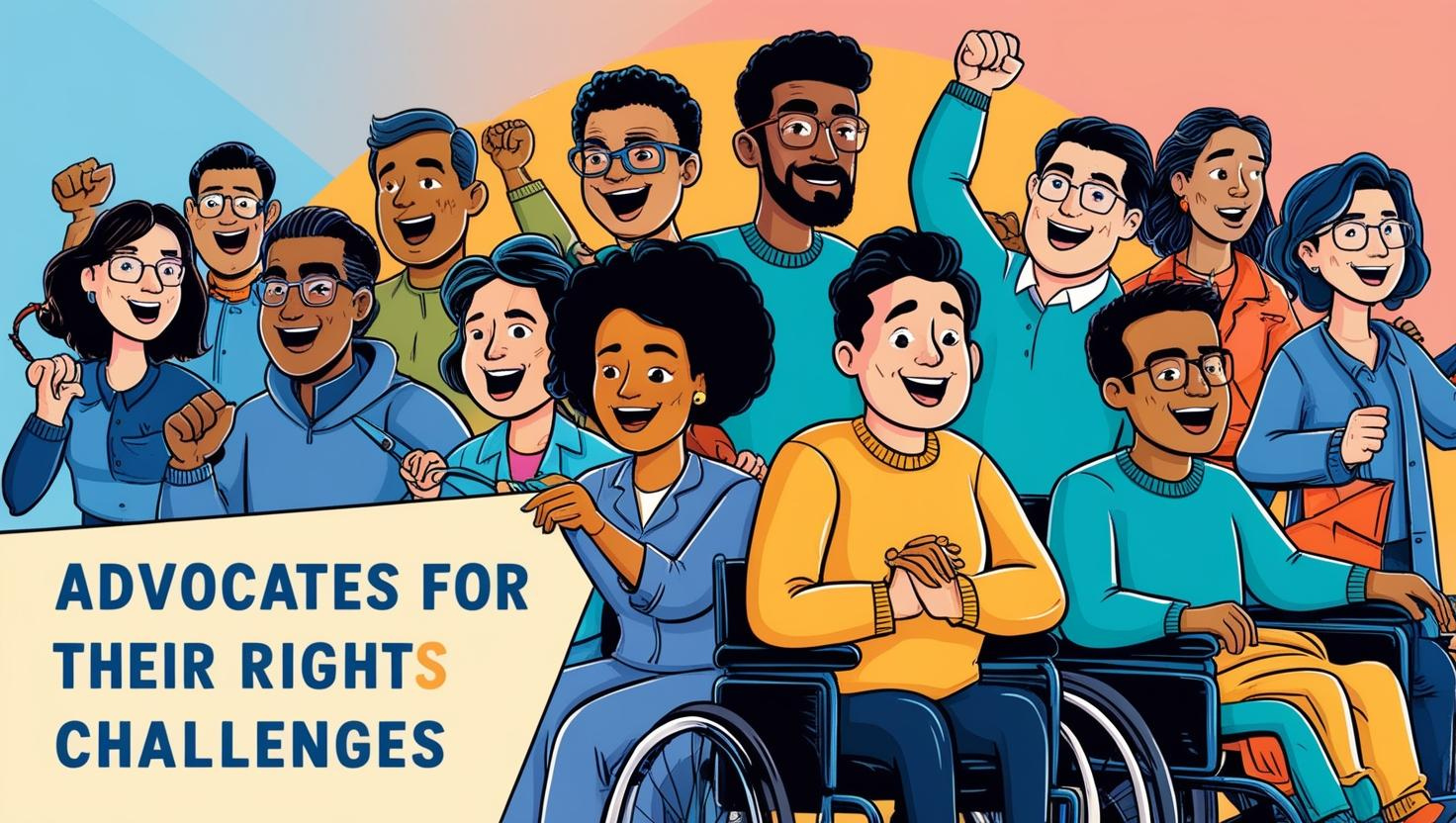

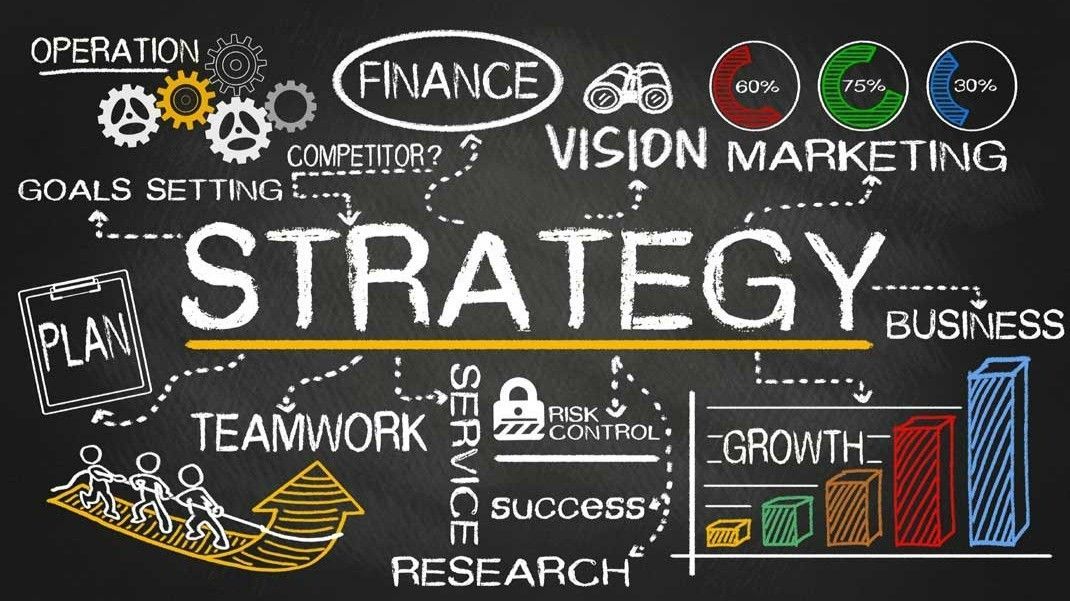
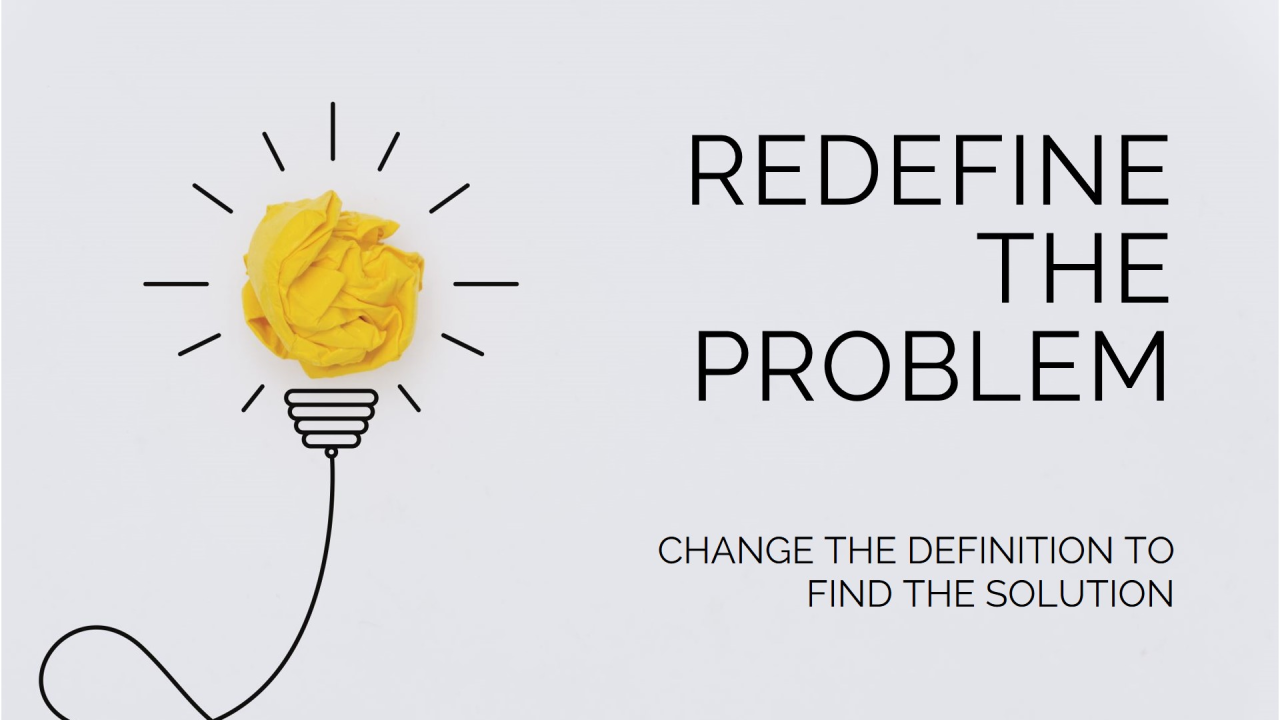

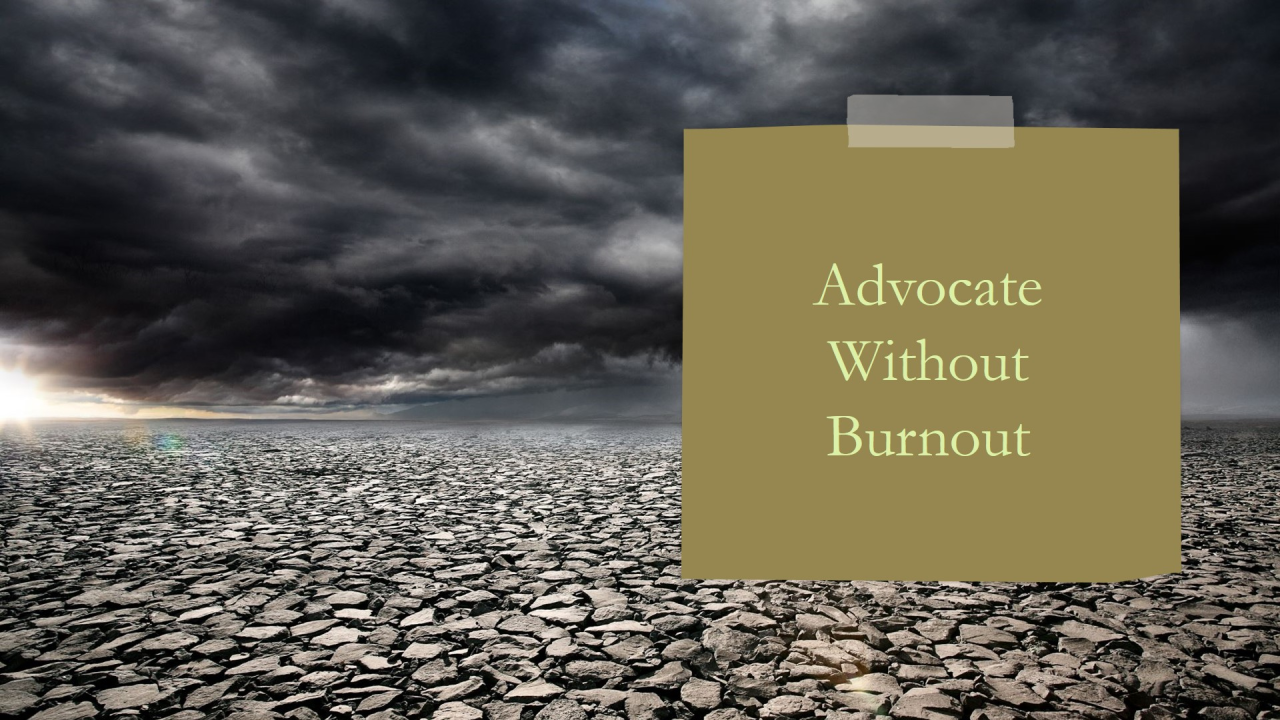
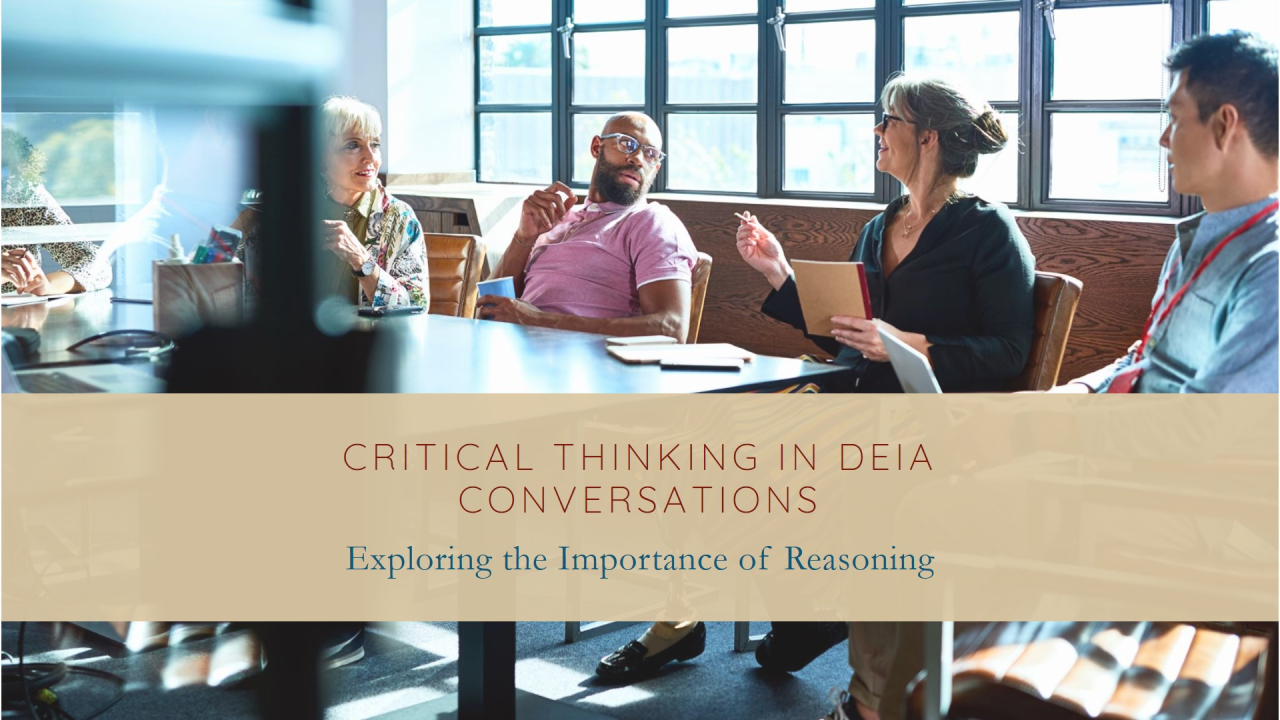
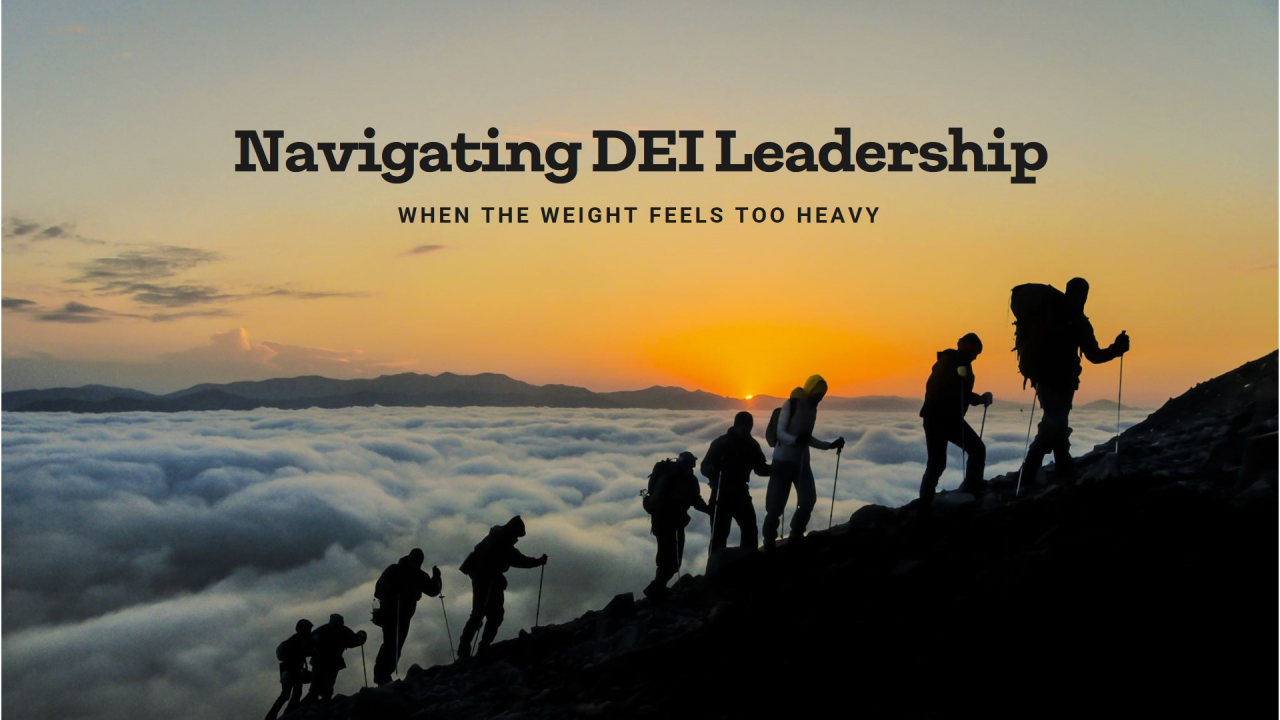
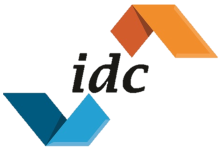
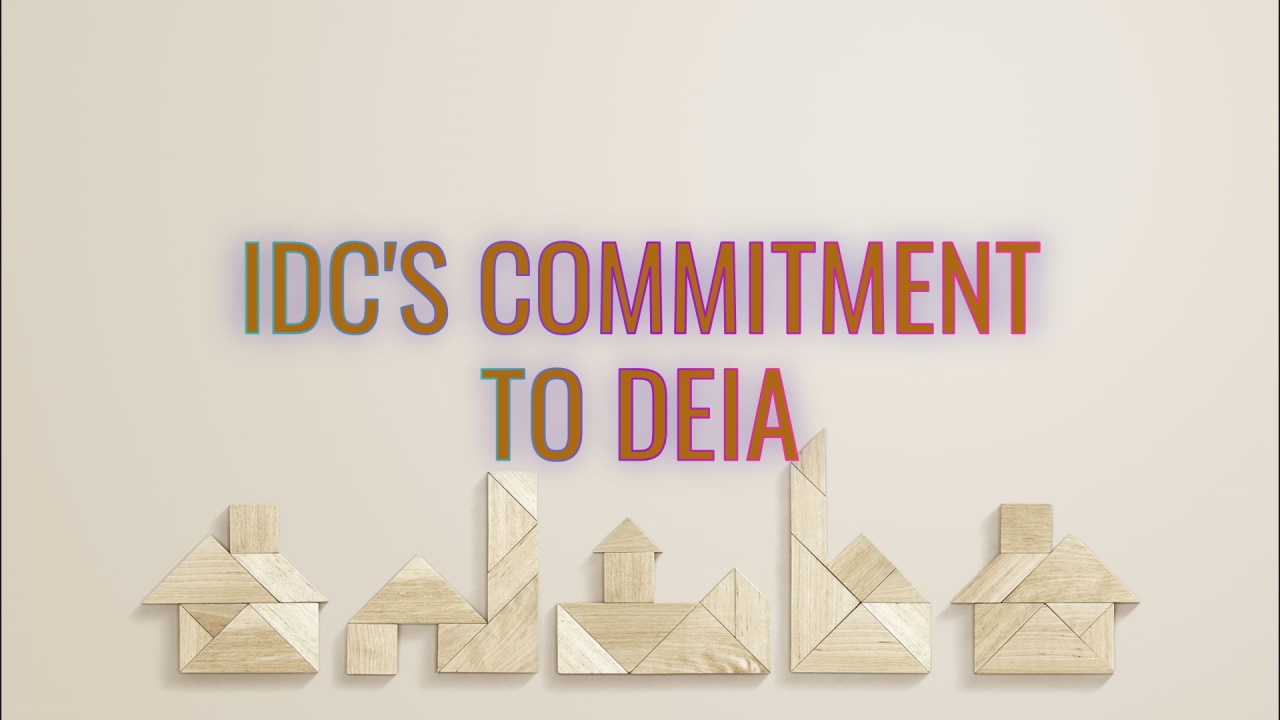
Share On: